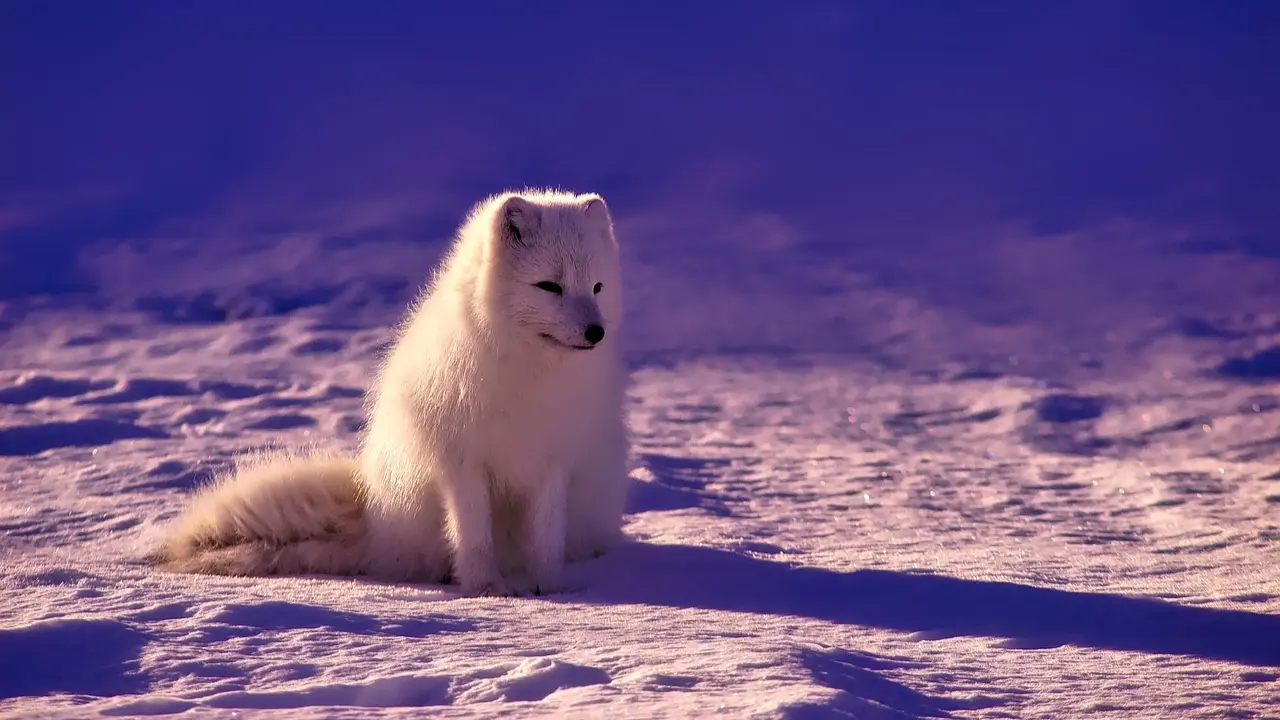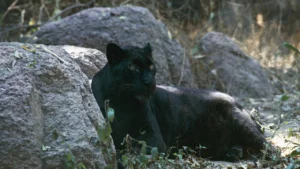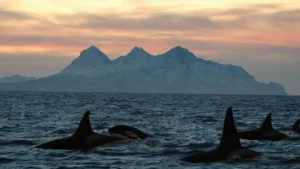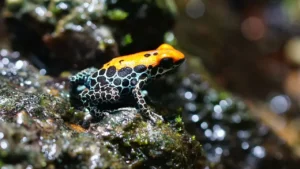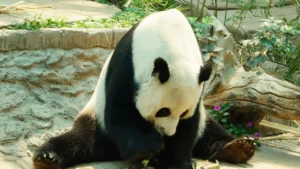Table of Contents
Introduction
In the icy realms of the Arctic, where temperatures plummet and snow blankets the landscape for much of the year, one creature reigns supreme the Arctic fox. With its thick fur, keen senses, and remarkable adaptations, this resilient predator thrives in one of the harshest environments on Earth. Join us on a journey into the world of the Arctic fox as we uncover fascinating facts about its life, behavior, and unique adaptations.
The Arctic Fox’s Scientific Classification
The Arctic fox, scientifically known as Vulpes lagopus, belongs to the family Canidae, which includes wolves, coyotes, and domestic dogs. Its genus name, Vulpes, is derived from the Latin word for fox, while its species name, lagopus, means “hare-footed,” a reference to its densely furred paws.
Distribution
Arctic foxes are found throughout the Arctic region, including northern North America, Greenland, Iceland, Scandinavia, and Siberia. They inhabit a variety of habitats, including tundra, coastal plains, and rocky cliffs, where they make their dens in burrows or snow tunnels.
Coat Color Adaptations
One of the most striking features of the Arctic fox is its seasonal coat color adaptation. In winter, its fur is thick and white, providing camouflage against the snowy landscape. In summer, it molts to a brown or grayish-brown color, blending in with the rocky terrain and vegetation.
Behavioral Adaptations for Survival
Arctic foxes have evolved a suite of behavioral adaptations to survive in their harsh environment. They are highly opportunistic feeders, scavenging for carrion, hunting small mammals such as lemmings and voles, and foraging for berries and plant matter. During times of scarcity, they may even follow polar bears to scavenge from their kills.
Reproduction and Family Structure
Arctic foxes are monogamous and form pair bonds that can last for life. Breeding typically occurs in the spring, with females giving birth to litters of 5-10 pups in underground dens. Both parents play active roles in raising the young, with the male providing food for the female and pups.
Long-Distance Travelers
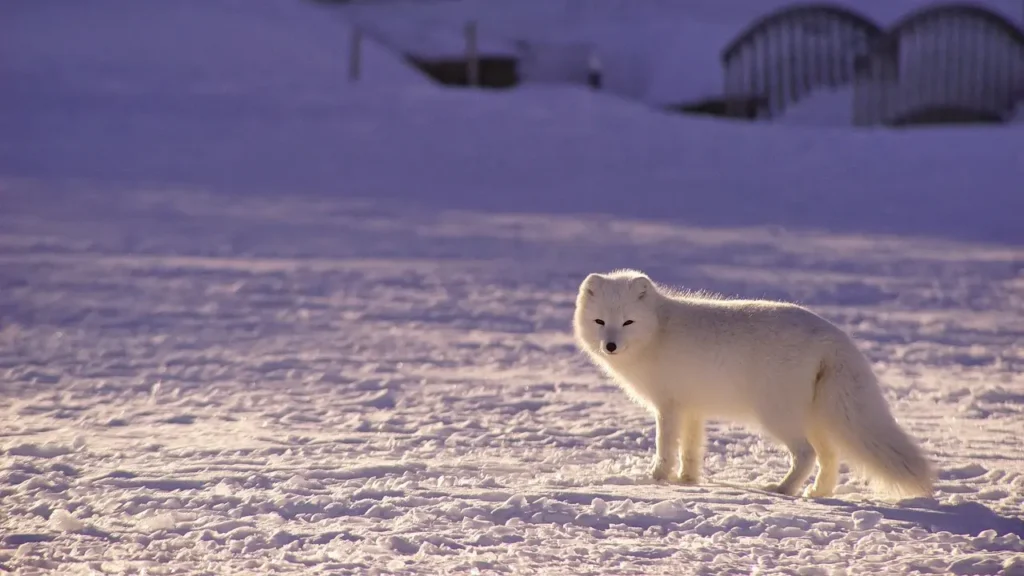
Arctic foxes are known for their remarkable ability to travel long distances in search of food. They have been documented traveling hundreds of kilometers across sea ice and barren landscapes in search of prey, demonstrating their adaptability and resourcefulness in the face of adversity.
Adaptations to Extreme Cold
To withstand the extreme cold of the Arctic, Arctic foxes have several physiological adaptations. Their compact bodies minimize heat loss, while their thick fur and dense undercoat provide insulation against the cold. They also have specialized circulatory systems that help regulate body temperature in freezing conditions.
Arctic Foxes and Climate Change
Climate change poses significant challenges to Arctic fox populations, affecting the availability of food sources, altering habitat conditions, and increasing competition from other predators such as red foxes. Conservation efforts are needed to mitigate the impacts of climate change and protect Arctic fox populations from further decline.
Interactions with Humans
Arctic foxes have long been a part of Arctic cultures and have been hunted by indigenous peoples for their fur and meat. In recent years, they have also become popular subjects for wildlife photography and ecotourism, providing opportunities for people to observe these remarkable creatures in their natural habitat.
Conservation Status and Threats
The Arctic fox is listed as a species of least concern by the International Union for Conservation of Nature (IUCN), but certain populations are facing threats from habitat loss, climate change, and human disturbance. Conservation efforts focus on protecting critical habitats, minimizing human impacts, and conducting research to better understand the ecology and behavior of Arctics foxes.
Unique Hunting Techniques
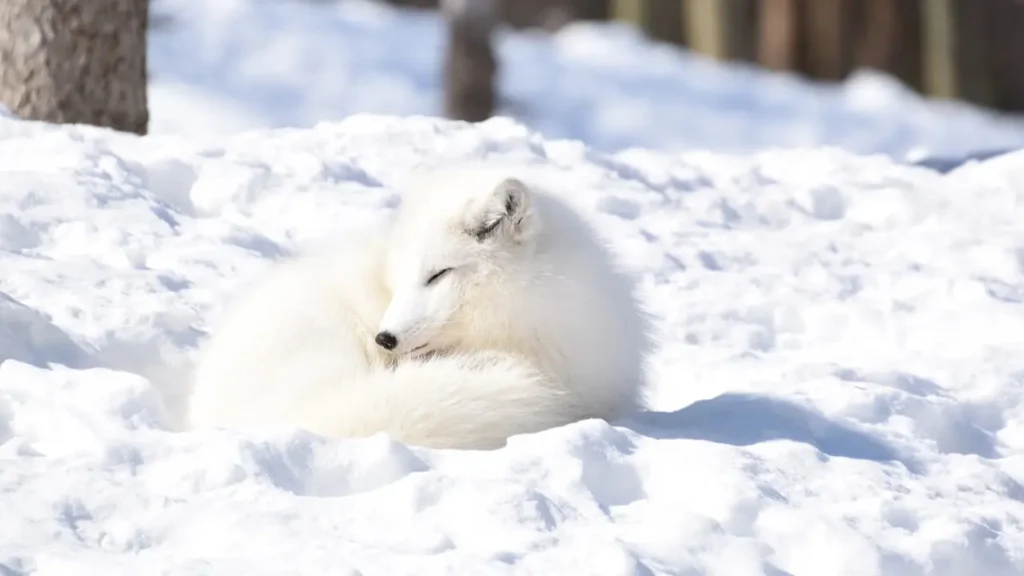
Arctic foxes employ various hunting techniques to secure their meals in the harsh Arctic environment. One of their notable strategies is “mousing,” where they listen for the faint sounds of small mammals beneath the snow and pounce with precision to catch their prey. They also utilize their keen sense of smell to locate buried food sources and scavenge from carrion left behind by larger predators.
Adaptable Diet Composition
While Arctic foxes primarily feed on small mammals like lemmings and voles, they exhibit remarkable dietary flexibility. Their diet may vary depending on seasonal availability, with berries, insects, fish, and even bird eggs supplementing their meals. This adaptability allows them to survive in diverse Arctic ecosystems where food sources fluctuate throughout the year.
Maternal Investment and Pup Rearing
Arctic fox mothers invest significant time and energy into caring for their offspring, ensuring their survival in the harsh Arctic environment. After giving birth in spring, mothers nurse and protect their pups in the safety of the den for several weeks, providing warmth and nourishment until the pups are ready to venture outside.
Social Dynamics within Packs
Arctic foxes exhibit complex social behaviors within their family groups, known as packs. While a breeding pair typically leads the pack, subordinate adults and juveniles play important roles in cooperative hunting, pup rearing, and territorial defense. Pack members communicate through vocalizations, body language, and scent marking to maintain cohesion and coordinate activities.
Seasonal Migrations and Dispersal
In response to changing environmental conditions, Arctic foxes may undertake seasonal migrations to access food resources and breeding sites. Some populations migrate hundreds of kilometers across sea ice or tundra landscapes, while others exhibit more sedentary behavior, remaining within a localized range year-round. Dispersal of young individuals helps maintain genetic diversity and colonize new habitats.
Cultural Significance in Indigenous Communities
Arctic foxes hold cultural significance in indigenous Arctic communities, where they feature prominently in folklore, mythology, and traditional hunting practices. Inuit and other indigenous peoples have long relied on Arctic fox fur for clothing, shelter, and ceremonial purposes, forging a deep connection with these resilient creatures that have adapted alongside them for millennia.
Research and Conservation Initiatives
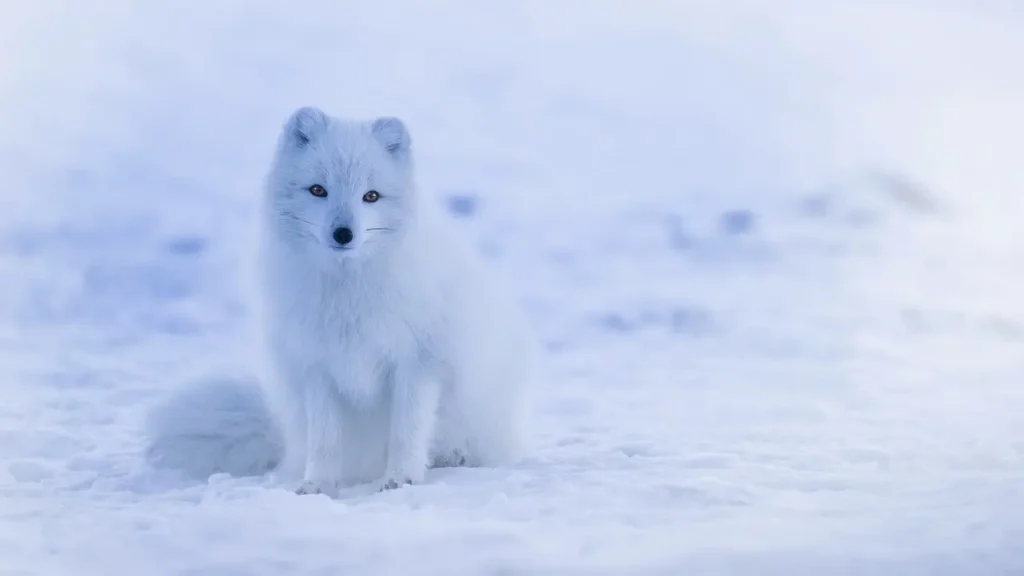
Scientific research plays a vital role in understanding the ecology, behavior, and conservation needs of Arctic fox populations. Conservation organizations collaborate with researchers, indigenous communities, and government agencies to monitor populations, assess threats, and implement conservation strategies aimed at protecting habitat, mitigating human-wildlife conflict, and safeguarding the future of Arctic foxes.
Educational Outreach and Public Awareness
Educational outreach programs raise public awareness about the importance of Arctic foxes and their role in Arctic ecosystems. Through school visits, interpretive displays, and outreach events, conservationists engage with communities to foster appreciation for these remarkable animals and inspire conservation action to protect their habitats and ensure their survival for future generations.
Challenges and Opportunities in Conservation
Conserving Arctic fox populations presents unique challenges due to the remote and inhospitable nature of their habitats, as well as the impacts of climate change and human activities. However, with concerted efforts and collaborative partnerships, there are opportunities to address these challenges and implement effective conservation measures that benefit both Arctic foxes and the ecosystems they inhabit.
Conclusion
The Arctic fox captivates us with its remarkable adaptations, complex behaviors, and vital role in Arctic ecosystems. Through scientific research, conservation efforts, and public engagement, we can secure a future where Arctic foxes thrive amidst the challenges of a changing climate and human encroachment. Together, let us celebrate and protect these resilient creatures and the magnificent landscapes they call home.

